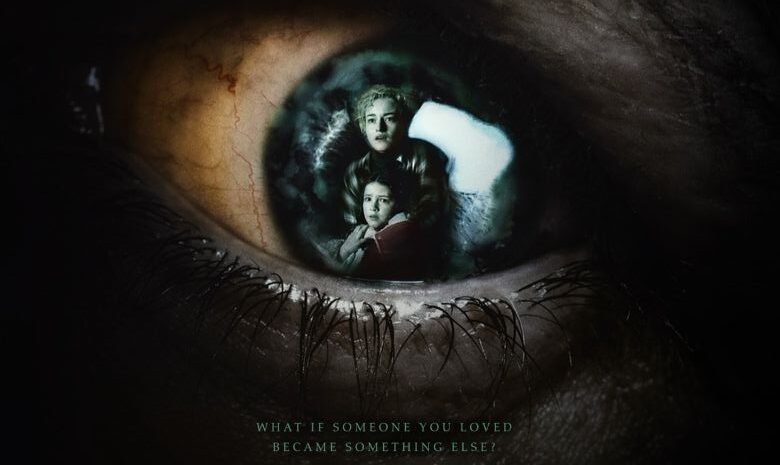Remakes, sequels and re-imagings of classic monster movies dribble to cinema and TV screens, but that small but steady flow is now a torrent. Five sizable films are hitting cinema and TV screens.
Universal Pictures premiered “Wolf Man” (marketing image above) in cinemas this weekend and Netflix has “Frankenstein” coming later this year from auteur Guillermo del Toro, among those five (see table below)
“Nosferatu,” which premiered Dec. 25, became a bonafide artbuster hit for Focus Features, which is the Universal Pictures specialty-film label. The Robert Eggers-directed update of the Dracula theme grossed a healthy $90 million at domestic cinemas with its R rating; domestic covers the U.S. and Canada. ‘Nosferatu” cost $50 million to make, which is about half the average cost of a major-studio film (being a Focus title it’s not considered a “major” studio release). But the $50 million price tag is about double the cost of a high-profile independent slasher horror film.
NEW MONSTER MOVIES ON CINEMA, TV SCREENS
| Title | Distrib | Date | Info |
| “The Bride” | Warners | Sept. 26-25 | Updates Frankenstein starring Jake Gyllenhaal and Jessie Buckley |
| “Frankenstein” | Netflix | N/A | From auteur Guillermo del Toro |
| “Godzilla x Kong: The New Empire” | Warners | March 27-24 | Grosses blockbuster $196m domestically |
| “Nosferatu” | Focus/Uni | Dec. 25-24 | Dracula-themed film posts decent $80m in domestic boxoffice |
| “Wolf Man” | Universal | Jan. 17-25 | Premieres to so-so $12m weekend in cinemas |
“We have seen numerous variations on all this over the years, including the likes of ‘The Howling,’ ‘An American Werewolf in London,’ ‘Teen Wolf,’ ‘Wolf’ with Jack Nicholson as filtered through Mike Nichols, and even ‘Twilight,’” writes Pete Hammond in his “Wolf Man” review on Deadline.com. “The list goes on and on since the 1930s.” Warner Bros. Pictures’ “The Bride” takes place in Chicago circa 1930s, in another updated setting.
The monster updates are built on familiar storylines, which makes marketing easier, since audiences already know basics of the plotline. In most cases the underlying intellectual property is in the public domain, which means copyright of the foundation story has expired (for example, the original “Frankenstein” book was published in 1818, or more than 200 years ago). No one has to pay a fee to license the foundation property if the copyright expired.
The contemporary remakes, sequels and adaptations are not sure-fire hits. Some newer classic monster films of recent vintage were duds with audiences including Universal’s 2023 Dracula-themed dud “The Last Voyage of the Demeter.”
The horror genre is a big business for Hollywood because film if set in contemporary world can be dirt-cheap to make, and spawn franchises and spinoffs such as theme park rides. They’re known as genre films, which are defined as having a narrow focus (horror, crime, romance, action/adventure, etc.) and whose audience is likewise narrow, which means easy to market.
Universal Pictures is the most oriented to horror and monster films, given its embrace of the genre in its early days (the studio was founded in 1912). In recent years, Warners hasn’t been shy about crowding into the monster-movie arena (and accounts for two of the five current monster movies).
Related content:

Leave a Reply